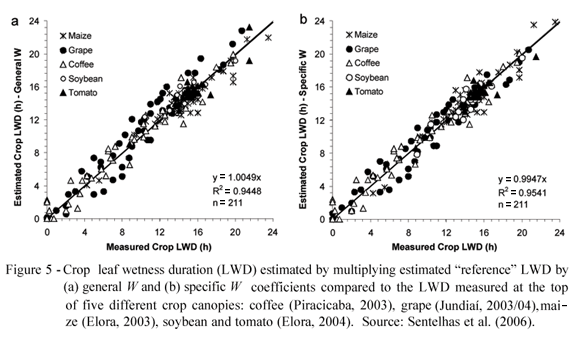Disease-warning systems are decision support tools designed to help growers determine when to apply control measures to suppress crop diseases. Weather data are nearly ubiquitous inputs to warning systems. This contribution reviews ways in which weather data are gathered for use as inputs to disease-warning systems, and the associated logistical challenges. Grower-operated weather monitoring is contrasted with obtaining data from networks of weather stations, and the advantages and disadvantages of measuring vs. estimating weather data are discussed. Special emphasis is given to leaf wetness duration (LWD), not only because LWD data are inputs to many disease-warning systems but also because accurate data are uniquely challenging to obtain. It is concluded that there is no single " best" method to acquire weather data for use in disease-warning systems; instead, local, regional, and national circumstances are likely to influence which strategy is most successful.
integrated pest management; site-specific weather data; disease forecasting; disease prediction; sustainable agriculture





